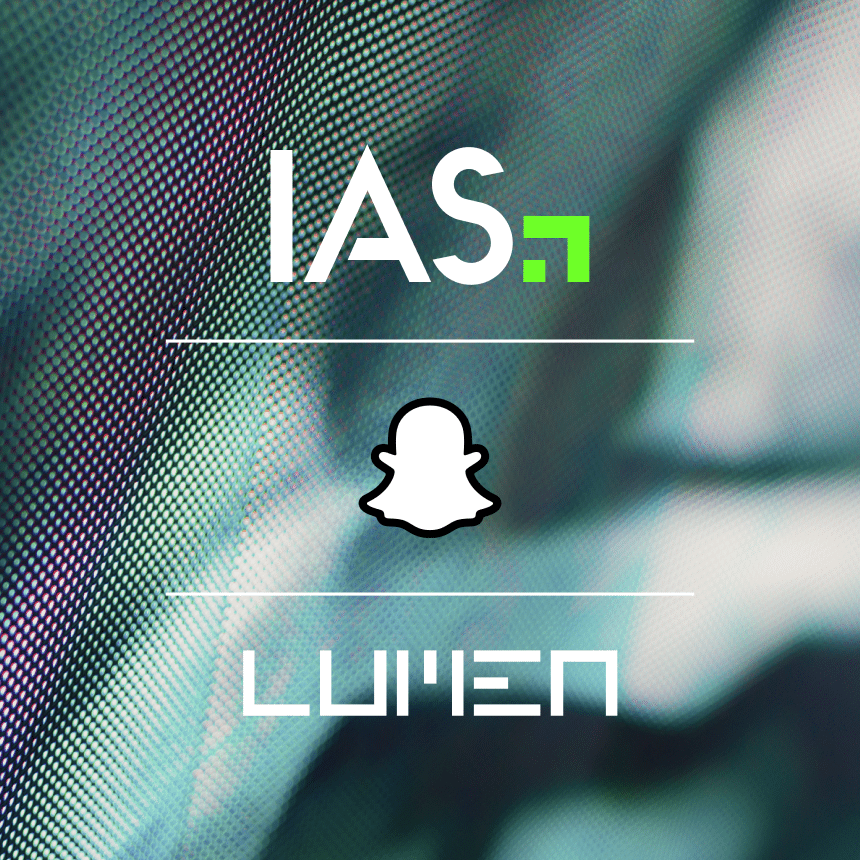Digital advertisers understand that for their creatives to be effective, they need to be seen by real consumers, not bots pretending to be consumers. Bots masquerading as people have a significant cost impact on marketers according to an IAB and Ernst & Young report, invalid traffic costs the US digital marketing, advertising, and media industry around $4.6 billion every year. But before advertisers can identify and prevent fraud, they first need to recognize the flavors in which it is reported; General Invalid Traffic (GIVT) and Sophisticated Invalid Traffic (SIVT), and the extent to which each type can impact their media campaigns.
Flavors of fraud:
General invalid traffic (GIVT): Traffic generated by known industry crawlers (such as search engine crawlers) and traffic generated by bots doing the kind of things that real humans would probably never do–like switching between websites every 10 seconds for hours on end–making it easier to spot. GIVT can be identified using routine methods of filtration using lists or standardized parameter checks.
Sophisticated invalid traffic (SIVT): Sophisticated invalid traffic is more difficult to detect because fraudsters are actively trying to avoid simple patterns that would raise a red flag. These fraudsters are making an extra effort to mask their behavior as legitimate so it requires advanced analytics, multi-point corroboration/coordination, and significant human intervention to detect, identify, and analyze.
Different flavors, different dangers
GIVT is like the white noise of fraud, it’s always on in the background, but according to IAS’ analysis, its impression volume is much lower than that of SIVT. Fraudsters are in the business of making money, and today’s technology makes it hard to pass off GIVT as legitimate inventory when it follows obvious fraudulent patterns.
SIVT, on the other hand, is a cat and mouse game where fraudsters try to develop new forms of fraud that blend in with legitimate inventory without being detected. SIVT fraudsters are also opportunistic, going after higher CPM video inventory or advertising platforms where demand exceeds supply allowing fraud to make up the difference.
While no one wants to pay for fraud, SIVT represents a bigger threat to advertisers’ budgets than GIVT both in terms of volume and its ability to mask itself as legitimate traffic. However, IAS’s combination of behavioral/network analysis, browser/device analysis, and targeted reconnaissance capabilities make it the best in the business at sniffing out fraud no matter the flavor.
 Share on LinkedIn
Share on LinkedIn Share on X
Share on X

